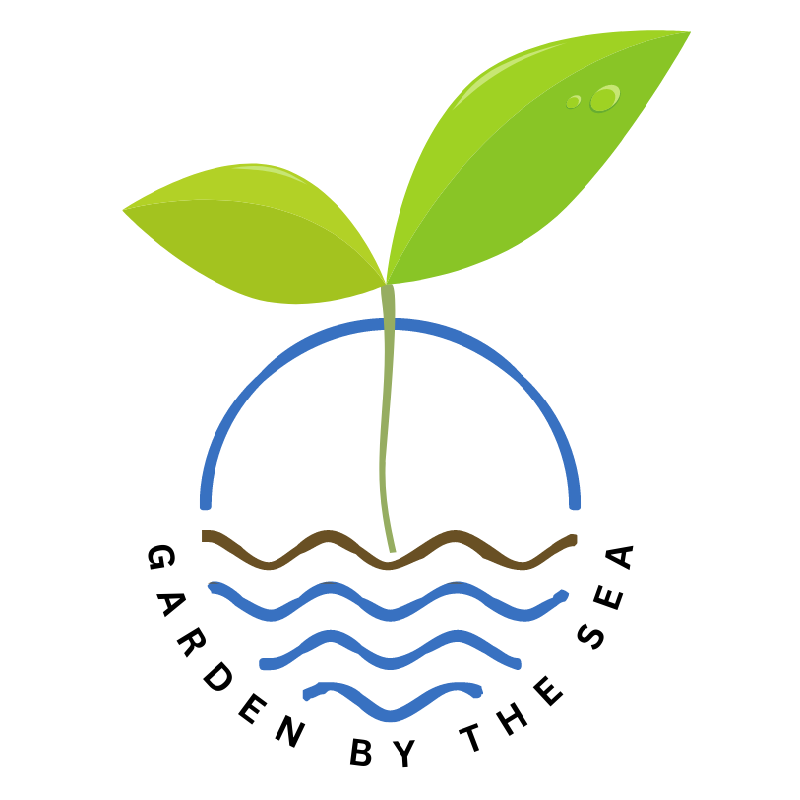Rain, Rain, Go Away … But Please Do Me Some Good!
As I am looking out the window this morning, I notice something quite different than on most days over the last few weeks. Instead of the familiar dark clouds releasing their drizzle, light rain, and heavy downpours the sun is out promising a beautiful day here in Ocean Shores.
During those rainy days, I had started to research which plants would do well in such weather, and I came across the concept of Rain Gardens. Are you familiar with them? It’s quite a nifty way of creating a beautifully landscaped area in your yard while also having your own water treatment facility benefiting marine life and creating a habitat for small wildlife.
 What is a Rain Garden and why would we like to even have one? Rain Gardens are sunken garden beds that absorb storm water runoff from hard surfaces such as rooftops, driveways, patios, and sidewalks. These water runoffs tend to be highly polluted and will do harm to groundwater and streams when soaking into the ground. Rain Gardens provide a filter function for these pollutants, and the end result is cleaner water reaching the streams. Some of the stormwater is absorbed via the storm sewer system but runoff coming from hard surfaces will not reach the sewer system quickly enough so that most pollutants still seep into the ground harming the environment.
What is a Rain Garden and why would we like to even have one? Rain Gardens are sunken garden beds that absorb storm water runoff from hard surfaces such as rooftops, driveways, patios, and sidewalks. These water runoffs tend to be highly polluted and will do harm to groundwater and streams when soaking into the ground. Rain Gardens provide a filter function for these pollutants, and the end result is cleaner water reaching the streams. Some of the stormwater is absorbed via the storm sewer system but runoff coming from hard surfaces will not reach the sewer system quickly enough so that most pollutants still seep into the ground harming the environment.
How do you create such a Rain Garden? Here comes the fun part – what are the steps to designing your own Rain Garden in your backyard. It starts with finding a suitable area, preferably one that is close to some kind of stormwater runoff such as a downspout, or a flooded area next to a driveway or sidewalk. Decide how much of your yard will be dedicated to rain gardening. Next, do a simple percolation test.
After all, your soil should be able to absorb the water quickly. Dig a hole 2ft deep, pour 8-12 inches of water into the hole, and measure how many inches are absorbed in a 12-hour period. If it’s 0.5 inches or more then your soil is suitable for a Rain Garden. If it is less your soil won’t absorb water quickly enough and would not be appropriate.
One question that is often asked: will a Rain Garden attract mosquitoes. No one wants to create a breeding ground for them! The answer is no because mosquitoes need undisturbed standing water for their larvae to develop. Since a Rain Garden absorbs the water there is no danger of having pesky pests in your yard.
A Rain Garden consists of a sunken garden bed so you will want to remove some of the soil to create a level area for your plants that is lower than the rest of your yard. Your plant selection will include perennial native plants, drought-resistant but also being able to handle the downpours during the wet season. For our area here in Ocean Shores, it is recommended to use native plants such as coastal strawberry, yarrow, Oregon grape, and deer fern.
By building a Rain Garden you make a difference for the environment. You catch storm water runoff before it reaches the storm sewer, you reduce storm water volume, and you keep waterways clean for wild and maritime life. In addition, you create beautiful, low-maintenance, drought-tolerant landscapes.
If you want to build a Rain Garden but there are no suitable areas in your yard that would accommodate one, there are options such as a Rain Garden planter. They obviously filter less stormwater, and yet it is still a contribution to a healthier environment.
Below you will find a few links for excellent resources. My favorite is the Multnomah Soil & Water Conservation District website where you also will find webinars on a variety of topics. I attended several of them and learned a lot.
https://www.emswcd.org (Multnomah Soil & Water Conservation District)
https://www.youtube.com/watch?v=9Kti4HJ45BM
https://extension.wsu.edu/raingarden/
https://www.bothellwa.gov/1429/Native-Plants-for-Rain-Gardens



